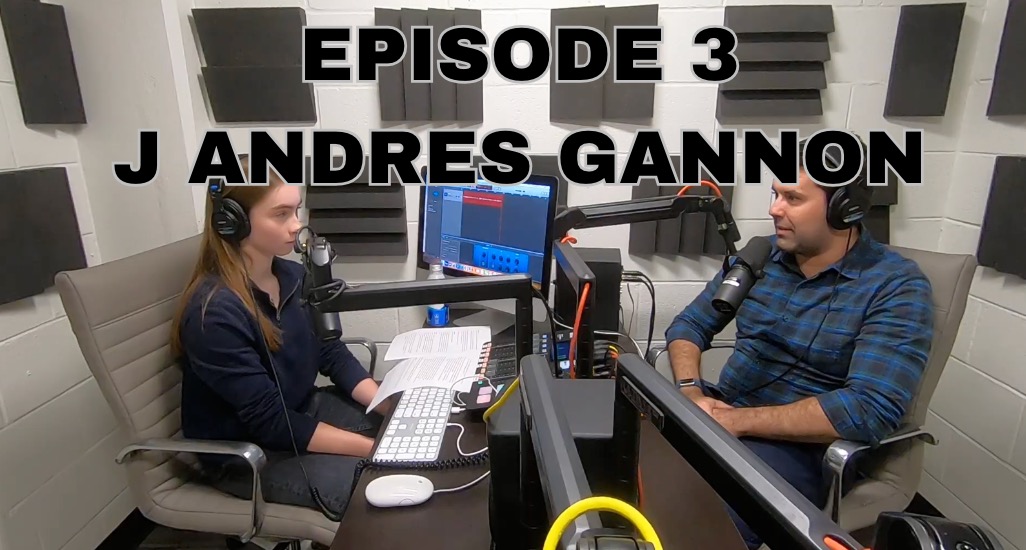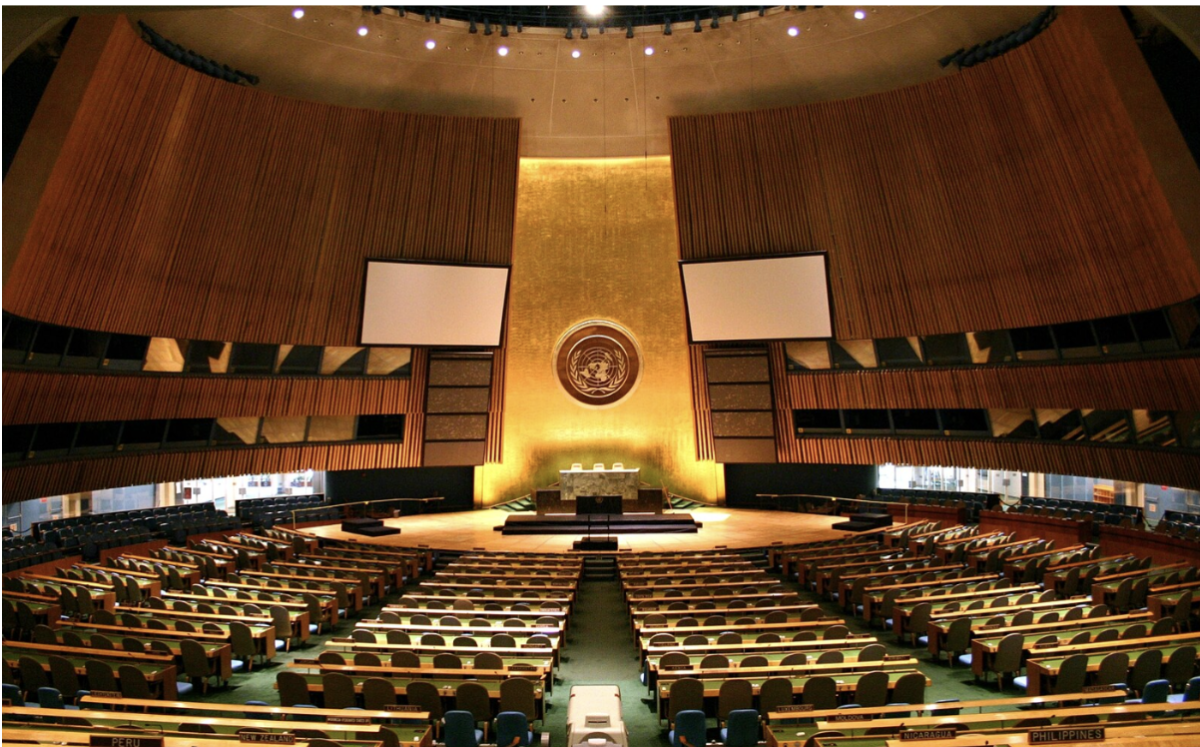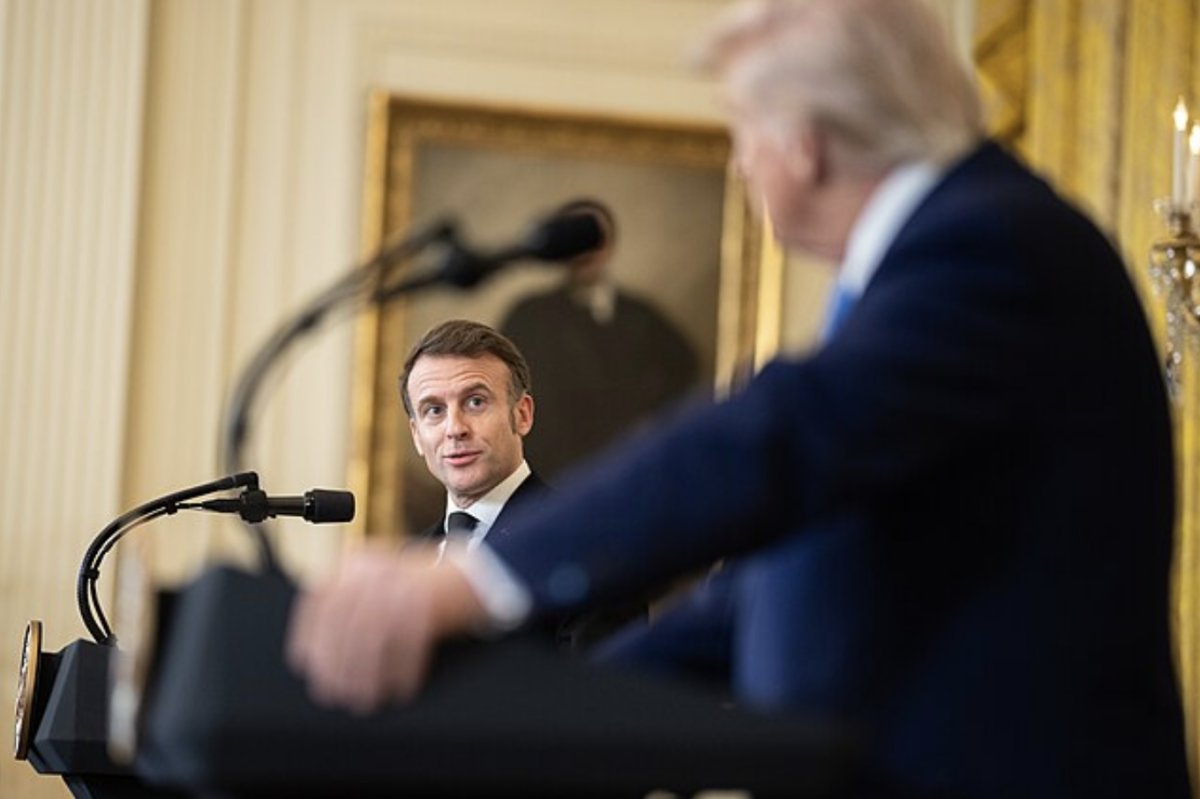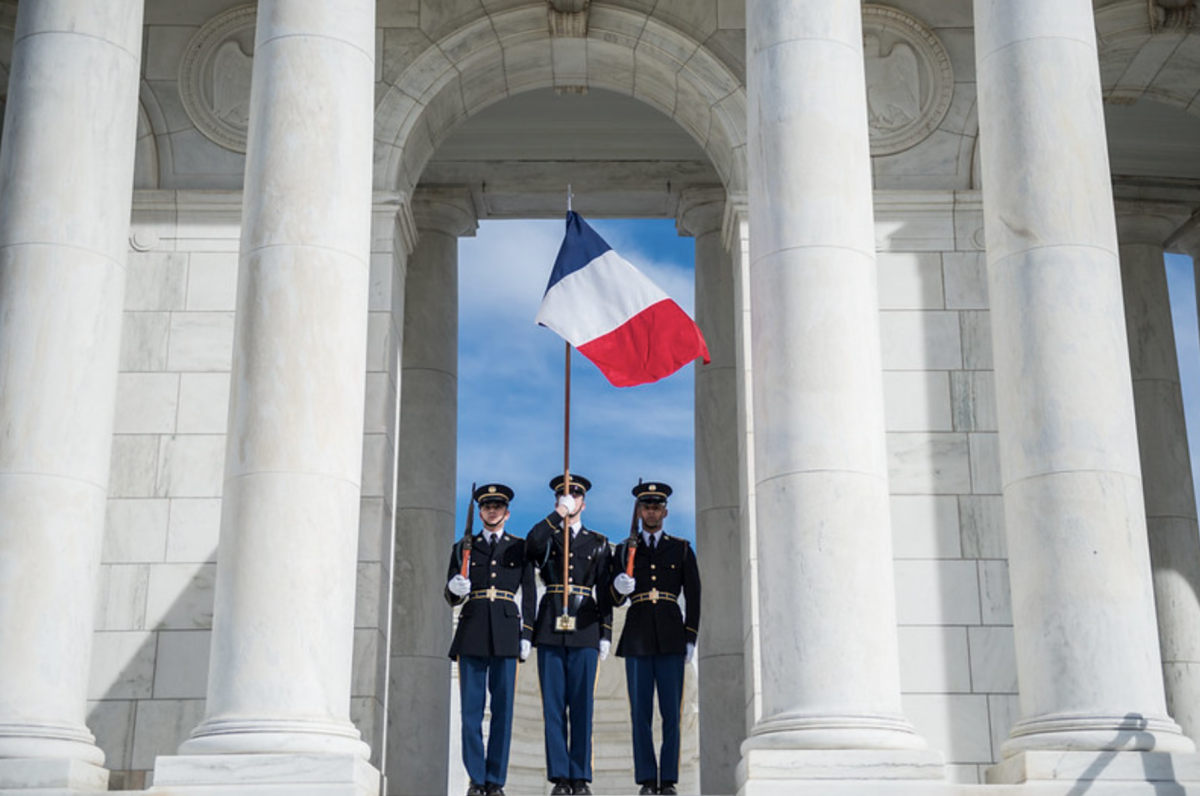With such a vast amount of controversy swirling over Iran and its nuclear program, it seems almost impossible to decipher which policy option would best serve the United States’ national interest. A scan of the headlines of popular news sites such as The New York Times and The Economist illuminates the level of complexity associated with the question of whether or not the United States should pre-emptively strike Iran’s nuclear facilities or pursue more diplomatic means in its dealings with Iran’s nuclear program. With both sides engaging in blustery rhetoric and political posturing, emotions are heated and all options are on the table, even if it might result in another war in an already war-torn region. Not only is it ambiguous which policy the US will decide upon, it is even unclear whether or not Iran is attempting to develop nuclear weapons capabilities in the first place. While the Iranian President Mahmoud Ahmadinejad currently claims the program is for peaceful civilian energy purposes, some analysts contend the regime has ulterior motives for developing its program [1]. Even though the IAEA has yet to formally charge Iran with any violation of the Nuclear Non-Proliferation Treaty, some believe the only option to stave off the threat of a nuclear Iran is a surgical airstrike; however, this option would likely only hurt Iran’s program in the short run. In the long run, it could hasten their efforts and provide a great motivator for developing nuclear weapons—to protect itself from the United States [2].
As the drumbeat of war grows increasingly deafening by the day, it would greatly benefit the United States to realistically consider other creative solutions to the current nuclear standoff rather than another military campaign in the Middle East. If President Obama lacks inspiration, turning back a few decades in the pages of history would provide the president with a diplomatic approach that was employed by President Nixon back in the 1970s.
As some political commentators have noted, a great parallel exists between the current situation with President Obama and Iran and the past situation with President Nixon and China. In the late 1960s, relations between the US and China were marked by suspicion and hostility. Many American leaders demonized Chairman Mao and his country arguing that China was a US adversary and could not be rationalized with through diplomatic engagement. Sound familiar? Nixon, however, disagreed and against the advice of many in his inner circle, decided to visit Chairman Mao and open dialogue between the two leaders. By addressing three fundamental questions between the parties—what do they want, what do we want, and what do we both want—Nixon expanded upon America and China’s common ground and cemented an invaluable partnership that has carried through to today [3]. While the road has, at times, proven difficult, the path that was paved by Nixon’s bold move proves that the possibilities generated through diplomatic solutions are precious and have the potential to bear fruit for years to come. It would be in America’s interest for the Obama administration to follow in these footsteps in its dealings with Iran. In 2008 when Obama was campaigning for presidency, he stated in a debate, “I will meet not just with our friends, but with our enemies.” The opportunity for Obama to act on these words has arrived [4].
While clear similarities between the two situations exist, the current situation with Iran does not completely align with the past situation with China. Some question the parallel because the Iran nuclear standoff lacks the common enemy that was present in the Nixon-China situation, which at the time was the USSR. However, upon further analysis of the reason for the US and China establishing a partnership back in the early 1970s, it becomes apparent that the number one reason for forming the alliance was not a common enemy, but the need to confront mutual strategic challenges [5]. Even though the media creates the illusion that the US and Iran do not share any common interests, this is far from true. The two nations actually share numerous interests such as the need for stability in the Middle East, the wish to end Al Qaeda and Taliban terrorism, the goal of re-establishing Iran as a responsible player in the international community and the greatest interest of all, avoiding war [6]. By highlighting these common interests, the US would pave the way towards normalizing relations with Iran and pursuing a creative solution, rather than a destructive one, when addressing Iran’s nuclear program. Carl Bildt, the Foreign Minister of Sweden illustrated the point quite well when he lamented, “The argument is not only about giving diplomacy a chance. It is about recognizing that diplomacy is the only alternative for those seeking a lasting and sustainable solution to the Iran nuclear issue and peace in the region” [7]. If President Obama focuses on the common ground between the two nations and seeks to build a bridge over the differences, his actions could provide the US with a partner in a volatile region and remind the world that the US is well-versed in employing diplomatic solutions in its dealings with adversaries.
[1] http://csis.org/blog/time-more-creative-negotiating-strategy-iran
[2] http://belfercenter.ksg.harvard.edu/files/samuel-policy-brief-12-11.pdf
[3] http://www.nytimes.com/2012/02/03/opinion/envisioning-a-deal-with-iran.html
[4] http://www.time.com/time/nation/article/0,8599,2071658,00.html
[5] http://www.theprogressiveprofessor.com/?p=17599
[7] http://www.nytimes.com/2012/03/21/opinion/the-only-option-on-iran.html
[Image Credit] http://www.inquisitr.com/wp-content/2012/01/160210top.jpg












